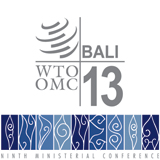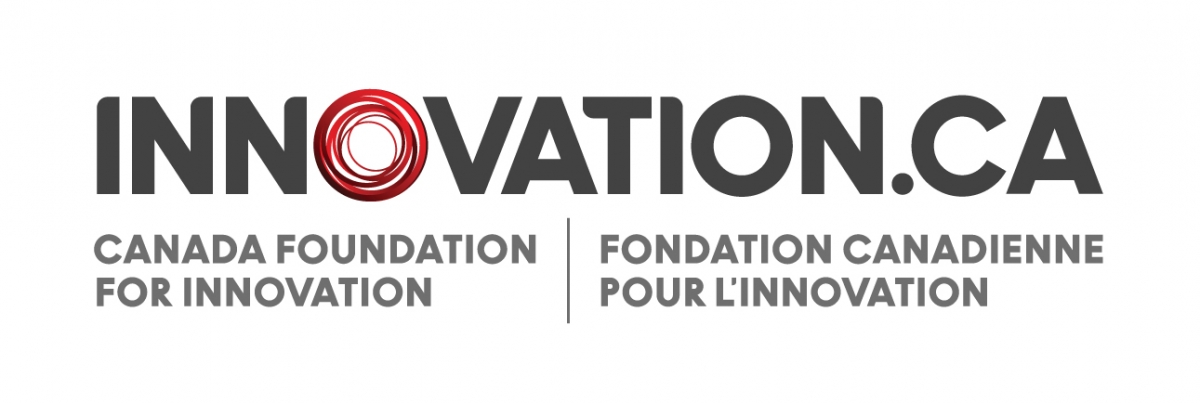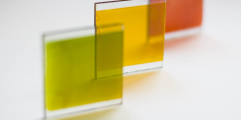Reports of toxicity of CNTs are usually presented when the mode of delivery is free floating in media, not for a substrate with CNTs embedded, whereas CNTs embedded into a substrate or made as a substrate promote cellular growth. Depending on the mode of exposure and/or material presentation, CNTs may lead to toxicity or promoted tissue growth (although significantly more research is required). Furthermore, it is important to emphasize that not all CNTs are the same. Some impurities may be left over from unreacted catalysis known to be toxic to cells, while others have fully reacted catalysts presenting relatively pure CNTs to cells. Such differences in CNTs can clearly have profound influences on CNT toxicity.
David A. Stout and Thomas J. Webster, Materials Today, JULY-AUGUST 2012 | VOLUME 15 | NUMBER 7-8| pp 315
A microfluidic system is introduced for simultaneously measuring single-cell mass and cell cycle progression over multiple generations. This system was used to obtain over 1,000 h of growth data from mouse lymphoblast and pro–B-cell lymphoid cell lines.
Scott R Manalis, (Koch and MIT), Direct observation of mammalian cell growth and size regulation, Nature, Vol 9, No 9, Sept 12
In a comprehensive single-cell study to examine the inter-relationship of cell growth and the cell cycle – single yeast cells were studied microscopically using a fluorescent reporter protein as a proxy for cell mass Di Talia, S., Skotheim, J.M., Bean, J.M., Siggia, E.D. & Cross, F.R. Nature 448, 947–951 (2007).
























































-original.png)








































